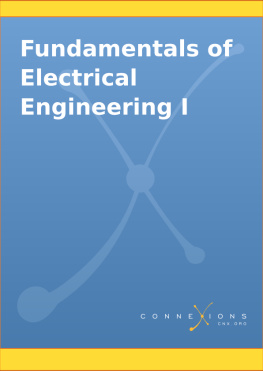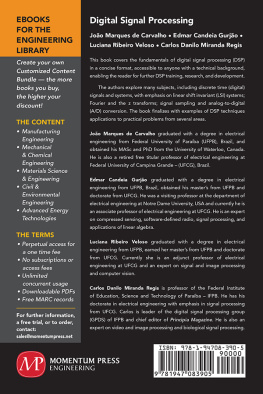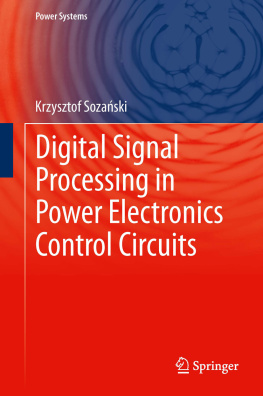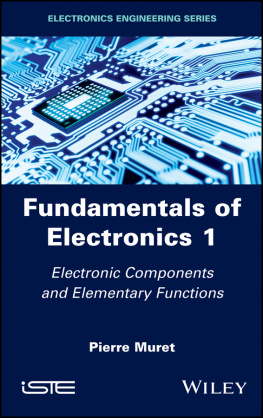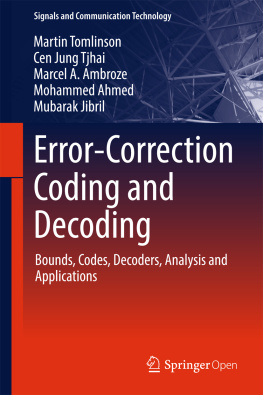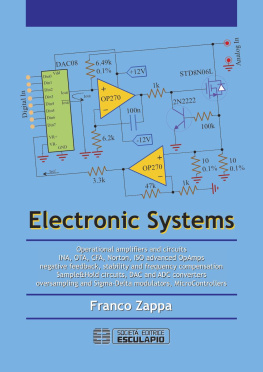Fundamentals of Electrical Engineering I
By: Don Johnson
Online:
This selection and arrangement of content as a collection is copyrighted by Don Johnson .
It is licensed under the Creative Commons Attribution License: http://creativecommons.org/licenses/by/1.0
Collection structure revised: 2008/08/06
For copyright and attribution information for the modules contained in this collection, see the "" section at the end of the collection.
Chapter 1. Introduction
1.1. Themes
From its beginnings in the late nineteenth century, electrical engineering has blossomed from focusing on electrical circuits for power, telegraphy and telephony to focusing on a much broader range of disciplines. However, the underlying themes are relevant today: Power creation and transmission and information have been the underlying themes of electrical engineering for a century and a half. This course concentrates on the latter theme: the representation, manipulation, transmission, and reception of information by electrical means . This course describes what information is, how engineers quantify information, and how electrical signals represent information.
Information can take a variety of forms. When you speak to a friend, your thoughts are translated by your brain into motor commands that cause various vocal tract components--the jaw, the tongue, the lips--to move in a coordinated fashion. Information arises in your thoughts and is represented by speech, which must have a well defined, broadly known structure so that someone else can understand what you say. Utterances convey information in sound pressure waves, which propagate to your friend's ear. There, sound energy is converted back to neural activity, and, if what you say makes sense, she understands what you say. Your words could have been recorded on a compact disc (CD), mailed to your friend and listened to by her on her stereo. Information can take the form of a text file you type into your word processor. You might send the file via e-mail to a friend, who reads it and understands it. From an information theoretic viewpoint, all of these scenarios are equivalent, although the forms of the information representation--sound waves, plastic and computer files--are very different.
Engineers, who don't care about information content , categorize information into two different forms: analog and digital. Analog information is continuous valued; examples are audio and video. Digital information is discrete valued; examples are text (like what you are reading now) and DNA sequences.
The conversion of information-bearing signals from one energy form into another is known as energy conversion or transduction . All conversion systems are inefficient since some input energy is lost as heat, but this loss does not necessarily mean that the conveyed information is lost. Conceptually we could use any form of energy to represent information, but electric signals are uniquely well-suited for information representation, transmission (signals can be broadcast from antennas or sent through wires), and manipulation (circuits can be built to reduce noise and computers can be used to modify information). Thus, we will be concerned with how to
represent all forms of information with electrical signals,
encode information as voltages, currents, and electromagnetic waves,
manipulate information-bearing electric signals with circuits and computers, and
receive electric signals and convert the information expressed by electric signals back into a useful form.
Telegraphy represents the earliest electrical information system, and it dates from 1837. At that time, electrical science was largely empirical, and only those with experience and intuition could develop telegraph systems. Electrical science came of age when James Clerk Maxwell proclaimed in 1864 a set of equations that he claimed governed all electrical phenomena. These equations predicted that light was an electromagnetic wave, and that energy could propagate. Because of the complexity of Maxwell's presentation, the development of the telephone in 1876 was due largely to empirical work. Once Heinrich Hertz confirmed Maxwell's prediction of what we now call radio waves in about 1882, Maxwell's equations were simplified by Oliver Heaviside and others, and were widely read. This understanding of fundamentals led to a quick succession of inventions--the wireless telegraph (1899), the vacuum tube (1905), and radio broadcasting--that marked the true emergence of the communications age.

